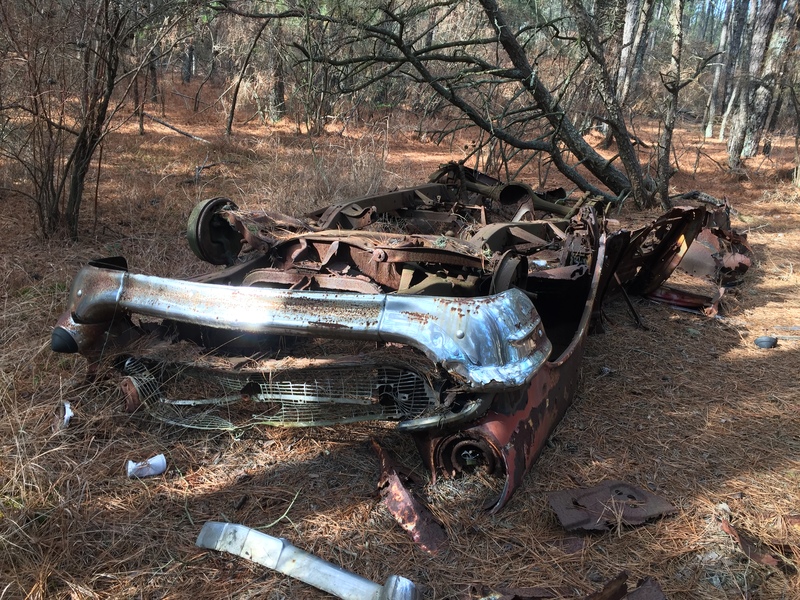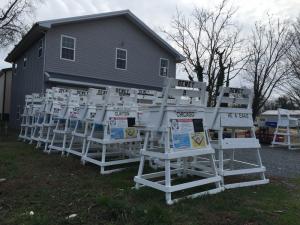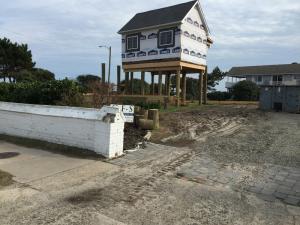When the wild winds of winter wailed two weeks back, I walked among the big trees of Seattle while reading and monitoring the storm lashing our coast. It’s good to be safe and out of harm’s way, but after 40 years of covering coastal storms and blizzards and wanting to feel like Lieutenant Dan in “Forrest Gump,” lashed to the top of a rolling shrimper’s mast in a Gulf of Mexico hurricane, hollering, teeth bared in Monty Python fashion, to bring it on - well, I was feeling a little deprived.
That’s why we live here on the edge. We know the rippling power of nature and her potential, like the lithe muscles beneath the black and orange stripes of the strolling tiger. That nonchalance of the rolling ocean can quickly turn destructive. That awesome power is something to behold, and as a journalist I want to behold it.
People have told me the sustained 50-mile-an-hour winds associated with the storm were fearsome, and the inland portions of Sussex - higher ground - beckoned.
As journalists who keep a close eye on our territory, we know where the vulnerable areas are, when the high tides will push flooding to its peak, when the moon is in apogee and perigee, and the impact that will have on the storms. Like the first responders, we know where the hot coffee is, we know when to pull on the waders, what buildings offer a lee from buffeting winds for good photographic vantage points.
From Seattle, looking at the Wunderground weather site, I could see the storm’s winds, as they were with Sandy, staying more in the north than they were in the east. As bad as the flooding was, that northerly inclination helped hold the tides back. One of the people working on the replenishment project at Broadkill said the loss of sand was surprisingly slight. “We figured it out and it looks like we only lost about 3,000 cubic yards. That’s not bad considering the project involves well more than a million cubic yards of sand.” She said the waves carved the sand away in some of the project area, but with the wind blowing out of the north most of it was driven back in again.
That’s reminiscent of efforts many decades back to open Indian River Inlet after a storm had filled it. There were no jetties protecting the inlet at the time, and its location shifted constantly amid openings and closings. On this one particular occasion, contractors planted a big load of dynamite into the beach and through the dunes to blow the sand out and open a waterway through to Rehoboth Bay. Lots of people gathered to watch this engineering feat. When the connected fuses were lit, a huge explosion sounded and tons of sand went flying into the air. The problem is the sand came right back down again and filled the hole that had been made momentarily. Back to the drawing board.
The beaches are dynamic and change constantly, and they have little regard for fixed structures like buildings located too close to the sea. Ultimately, nature doesn’t care.
When the storms pass, the journalism work ends for the moment and the stillness of the interior beckons. I like to walk back into the older dunes of the cape where thick stands of pine block winds and their needles muffle the forest floor. Permanence is greater there than along the very edge where the ocean pounds and the sands shift.
There’s an old, rusting hulk of a 1950s-era land yacht overturned in the path of one of the former Lewes dump roads. I’ve photographed the decaying rig at least a dozen times over four decades. It’s taking its time leaving, especially the chrome bumper that defines its front edge. Nature’s storms, with all their crashing and pounding, blowing and flooding, bang up lots of human works, but mean nothing to others.
















































